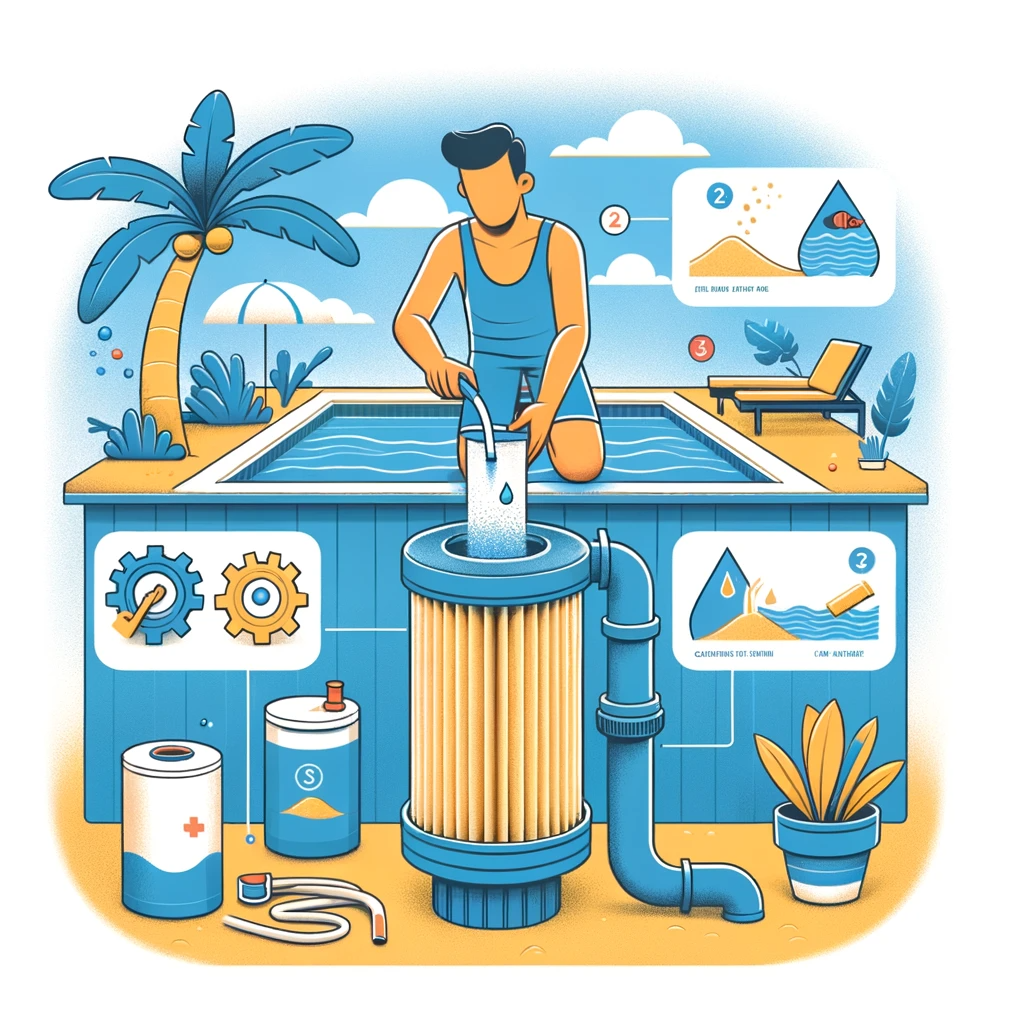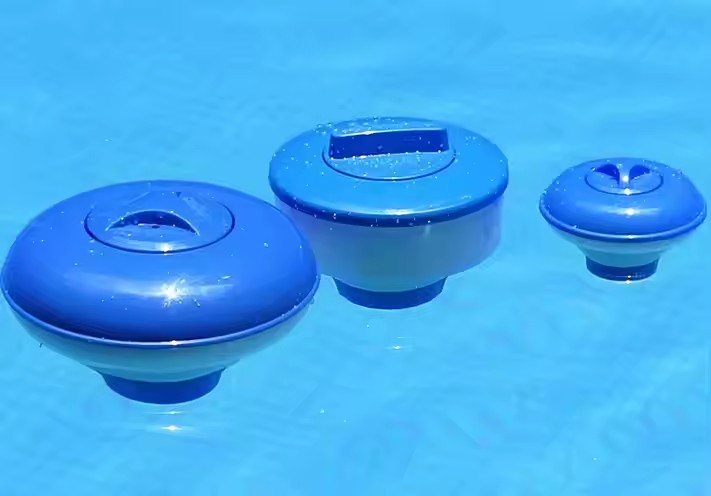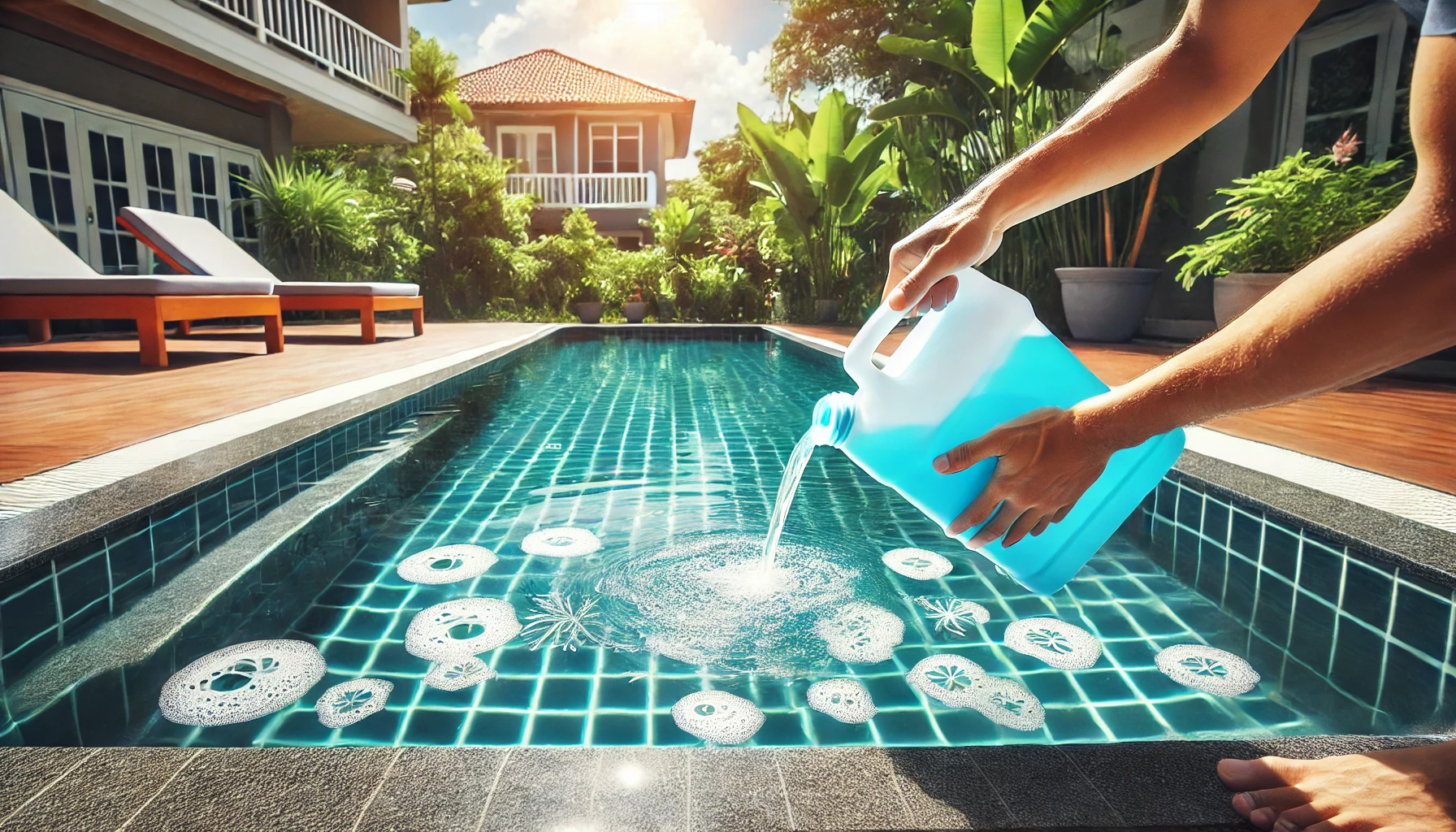Why Proper Maintenance of Your Pool Sand Filter is Essential
Regular maintenance is crucial for the optimal performance of your pool sand filter. Neglecting proper maintenance can lead to various issues that affect the efficiency and lifespan of your filter. By understanding the importance of regular maintenance, you can ensure clean and healthy pool water throughout the swimming season.
Cleaning your pool sand filter ensures efficient filtration and extends its lifespan. Over time, debris, dirt, and contaminants accumulate in the sand bed, reducing its ability to effectively trap particles from the water. This results in poor water quality, decreased circulation, and potential damage to other pool equipment. Regular cleaning helps remove these impurities and restores the filter’s ability to provide clear and sparkling water.
In addition to maintaining cleanliness, regular maintenance allows you to troubleshoot common issues with your pool sand filter. By monitoring pressure levels on the filter gauge and observing changes in water clarity or circulation, you can identify potential problems early on. Addressing these issues promptly can prevent further damage and save you from costly repairs or replacements down the line.
Remember, a well-maintained pool sand filter not only provides clean water but also contributes to energy efficiency by reducing strain on your pump system. By investing time in proper maintenance, you’ll enjoy a longer-lasting filter that keeps your pool inviting and enjoyable for years to come.
Understanding Pool Sand Filters
Pool sand filters play a crucial role in maintaining the cleanliness and clarity of your pool water. Understanding how these filters work and recognizing signs of a dirty filter is essential for proper maintenance.
How Pool Sand Filters Work
Pool sand filters operate on a simple yet effective principle. The filter tank contains a bed of specially graded sand that acts as the filtration medium. As water flows through the filter, it passes through this sand bed, which traps debris, dirt, and other impurities present in the water.
The sand’s unique composition allows it to effectively capture particles of various sizes. Larger debris is trapped near the surface, while smaller particles are filtered out deeper within the sand bed. This process ensures that only clean water returns to your pool.
To facilitate filtration, pool sand filters have several components working together. The main parts include:
- Filter Tank: This is where the sand bed is housed. It holds the water being filtered and directs it through the system.
- Multiport Valve: Located on top of the filter tank, this valve controls the flow of water during different stages of operation, such as filtering, backwashing, rinsing, and more.
- Laterals or Underdrain Assembly: These components evenly distribute water across the entire surface area of the sand bed for efficient filtration.
- Pressure Gauge: Attached to the filter tank, this gauge measures the pressure inside the system and indicates when it’s time to clean or backwash the filter.
Signs of a Dirty Pool Sand Filter
Recognizing when your pool sand filter needs cleaning is vital for maintaining its effectiveness. Here are two common signs that indicate a dirty filter:
- Cloudy Water or Poor Water Circulation: If you notice that your pool water appears cloudy or hazy despite regular chemical treatments, it may be due to an overloaded or clogged filter. Insufficient filtration can result in poor circulation and compromised water quality.
- Increased Pressure on the Filter Gauge: The pressure gauge on your pool sand filter provides valuable information about its condition. When debris accumulates in the sand bed, it restricts water flow and increases pressure within the system. If you observe consistently high pressure readings on your gauge, it’s likely time to clean or backwash your filter.
By understanding how pool sand filters work and recognizing signs of a dirty filter, you can take appropriate action to ensure optimal performance and maintain crystal clear pool water throughout the swimming season.
Extending the Lifespan of Your Pool Sand Filter
Proper maintenance is key to extending the lifespan of your pool sand filter. By following a regular maintenance schedule and taking preventive measures, you can ensure that your filter operates efficiently for years to come.
Regular Maintenance Schedule
To keep your pool sand filter in optimal condition, it’s important to establish a regular maintenance schedule. This includes two primary tasks: backwashing and rinsing.
Backwashing: Backwashing involves reversing the flow of water through the filter to flush out trapped debris and contaminants from the sand bed. The frequency of backwashing depends on factors such as pool usage, water quality, and environmental conditions. As a general guideline, it’s recommended to backwash your filter when the pressure gauge reads 8-10 psi above its clean pressure level.
Rinsing: After backwashing, it’s essential to rinse the filter for a short period. Rinsing helps settle the sand bed and removes any remaining debris or particles dislodged during backwashing. Typically, rinsing should be done for about 30 seconds after each backwash cycle.
In addition to regular maintenance, you should also consider replacing the filter sand periodically. Over time, the sand particles become worn down and lose their ability to effectively trap impurities. As a result, filtration efficiency decreases. It’s generally recommended to replace the filter sand every 5-7 years or as needed based on its condition.
Preventing Common Issues
Taking preventive measures can help avoid common issues that may arise with your pool sand filter:
Using a Pool Cover: One effective way to reduce debris entering your pool is by using a pool cover when it’s not in use. A cover acts as a barrier against leaves, twigs, insects, and other unwanted materials that can clog your filter system.
Proper Chemical Balance: Maintaining proper chemical balance in your pool water is crucial for preventing clogging in your sand filter. Imbalanced water chemistry can lead to the formation of scale, algae growth, or other substances that can hinder filtration. Regularly test and adjust the water’s pH, alkalinity, and sanitizer levels to ensure they are within the recommended range.
By adhering to a regular maintenance schedule and implementing preventive measures, you can extend the lifespan of your pool sand filter and enjoy clean, clear water throughout the swimming season.

Recommended Products for Cleaning Your Pool Sand Filter
To effectively clean and maintain your pool sand filter, there are several recommended products that can make the process easier and more efficient.
Essential Cleaning Tools
- Backwash Hose and Nozzle: A backwash hose is an essential tool for cleaning your pool sand filter. It allows you to direct the water flow during the backwashing process, ensuring that debris and contaminants are flushed out of the system. Look for a durable hose with a nozzle attachment that provides control over the water flow.
- Filter Cleaner Solution or Alternative Methods: Using a filter cleaner solution can help remove stubborn dirt, oils, and mineral deposits from your filter media. These solutions are specifically formulated to dissolve impurities without damaging the sand bed. Alternatively, you can opt for alternative methods such as using vinegar or a mixture of baking soda and water to clean your filter. Be sure to follow the manufacturer’s instructions or consult a professional before using any alternative cleaning methods.
Additional Products for Enhanced Cleaning
- Filter Sand Replacement: Over time, the sand in your pool sand filter may become worn down or contaminated, reducing its filtration efficiency. When it’s time to replace the sand, choose high-quality filter sand that is specifically designed for pool filters. The right type of sand will have uniform particles and proper grading to ensure optimal filtration performance.
- Filter Media Additives for Improved Filtration: There are various filter media additives available on the market that can enhance the performance of your pool sand filter. These additives work by improving water clarity, increasing filtration efficiency, and preventing clogging. Some common examples include diatomaceous earth (DE) powder or cellulose fiber media additives.
When selecting products for cleaning your pool sand filter, it’s important to choose reputable brands known for their quality and effectiveness. Reading customer reviews and seeking recommendations from professionals in the industry can help you make informed decisions about which products will work best for your specific needs.
By utilizing these recommended products and tools, you can ensure thorough cleaning of your pool sand filter and maintain its optimal performance throughout the swimming season.
Maintain a Clean and Efficient Pool Sand Filter
Regular cleaning and maintenance are essential for keeping your pool sand filter in optimal condition. By following a recommended maintenance schedule and investing in quality cleaning tools and products, you can ensure that your filter operates efficiently and provides clean, clear water for your swimming enjoyment.
Adhering to a regular maintenance schedule is key to preventing common issues with your pool sand filter. Regular backwashing and rinsing help remove trapped debris and contaminants from the sand bed, ensuring efficient filtration. It’s important to monitor the pressure gauge on your filter system and perform these tasks as needed to maintain proper flow rate and water clarity.
Investing in quality cleaning tools such as a backwash hose with a nozzle attachment allows for precise control during the cleaning process. Additionally, using a filter cleaner solution or alternative methods can help dissolve stubborn impurities without damaging the sand bed.
To enhance the lifespan of your pool sand filter, consider replacing the filter sand every 5-7 years or as needed based on its condition. Using high-quality filter sand that is specifically designed for pool filters ensures optimal filtration performance.
By maintaining a clean and efficient pool sand filter, you’ll enjoy crystal clear water that is free from debris and contaminants. Your swimming experience will be more enjoyable, while also prolonging the lifespan of your filter system. Remember to follow the recommended maintenance schedule, invest in quality cleaning tools and products, and prioritize regular upkeep to keep your pool water pristine all season long.


